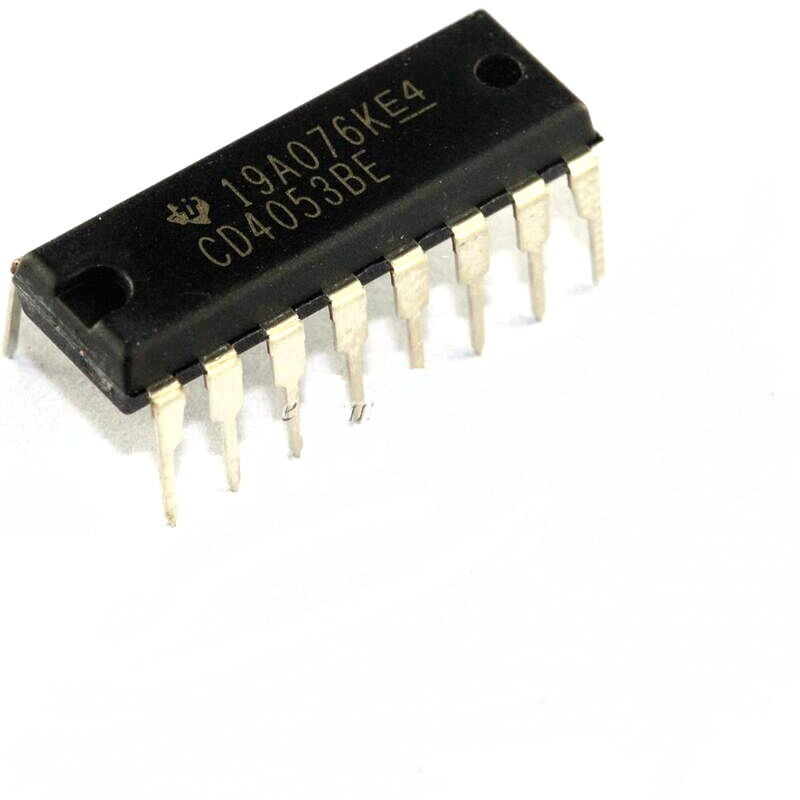
IC CD4053 (8-Channel Analog Multiplexer/Demultiplexer with Logic-Level Conversion)
1.400BD
IC CD4053 (8-channel analog multiplexer/demultiplexer with logic-level conversion) is designed to provide a reliable and efficient multiplexing and demultiplexing solution for your needs. With a high-quality IC and a durable design, this module is perfect for use in various applications, including electronics and engineering.
Choose Quantity
Product Details
Electronics and Components
Usage scenarios:
Features:
• High-quality IC
• 8-channel configuration
• Analog configuration
• Multiplexer configuration
• Demultiplexer configuration
Usage scenarios:
• Multiplexing data
• Demultiplexing data
• Converting logic levels
• Improving system performance
• Enhancing user experience
